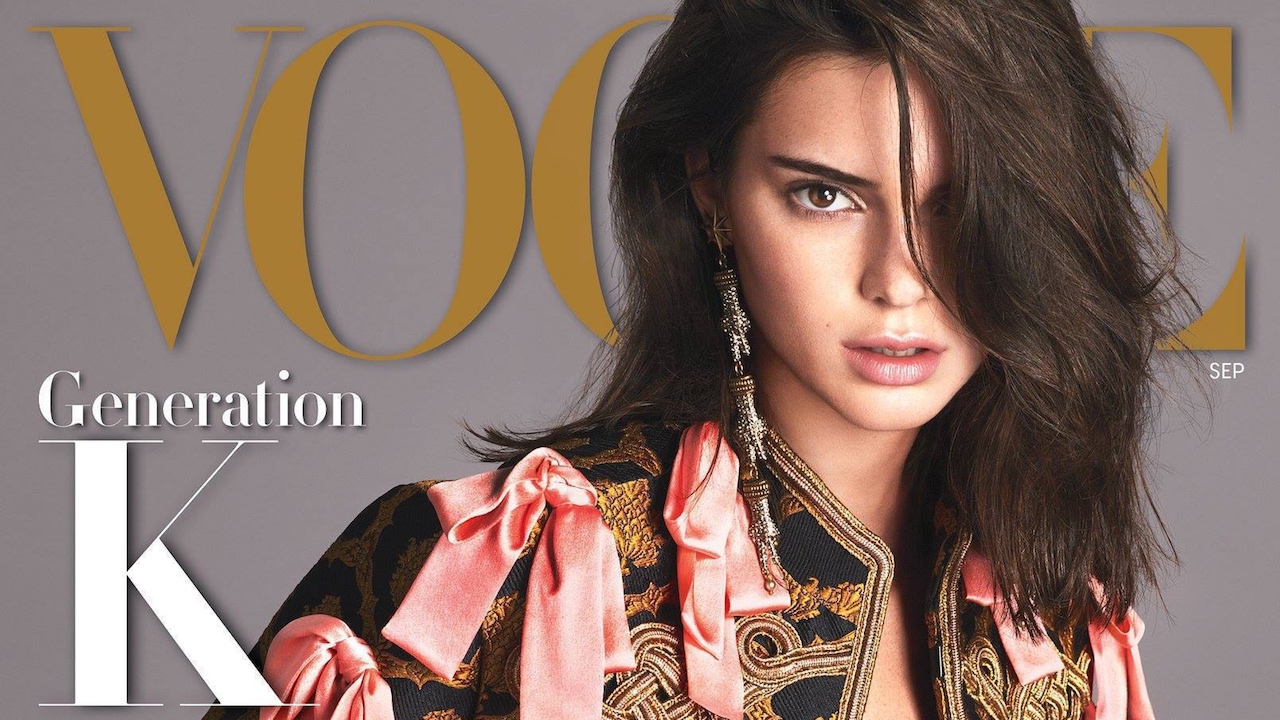Fashion
Weekend Briefing: The Devil Wears Prada sequel returns in a very different fashion media landscape

Last week, news broke that Disney is reviving “The Devil Wears Prada” — but the fashion media landscape has changed a lot in the 12 years since the original film was released. Don’t forget to subscribe to the Glossy Podcast for interviews with fashion industry leaders and Week in Review episodes, and the Glossy Beauty Podcast for interviews from the beauty industry. –Danny Parisi, sr. fashion reporter
Deal with the Devil
Last week, Disney announced the production of a sequel to the 2006 comedy “The Devil Wears Prada.” The original film starred Meryl Streep as the high-powered editor of a fictional fashion magazine — her character was almost certainly based on longtime Vogue editor Anna Wintour, who is still in charge of the fashion magazine.
When the first film came out, fashion magazines were still at the height of their power. The internet hadn’t yet reshaped the entire media industry and figures like Wintour, or her fictional counterpart Miranda Priestly, still loomed large. While Vogue’s leadership may not have changed since 2006, many other elements of the industry have.
For one, fashion magazines like Vogue are no longer the financial juggernauts they were in decades prior. Vogue parent company Conde Nast laid off over 5% of its workforce at the end of 2023. In 2022, InStyle, the last women’s fashion magazine to publish 12 issues a year, stopped producing print issues and switched to an entirely digital format. Fashion magazines have lost hundreds of millions of dollars in declining advertising revenue over the last eight years. Instead, influencers and anonymous social media accounts like @dietprada have come to dominate the fashion conversation.
The creators of “The Devil Wears Prada” sequel are aware of these changes. The new film will reportedly focus on Streep’s character’s struggles with declining advertising revenue. Meanwhile, her former put-upon assistant, played by Emily Blunt, will work for a large luxury conglomerate and manage its brands’ advertising placements. Like many real-life advertisers, it seems Blunt’s character will eschew advertising in declining print media in favor of other channels.
While fashion magazines are no longer the dominant media format for fashion that they were in years past, some are making a resurgence. Fashion magazine Nylon announced the resumption of print circulation in April years after operation with a digital-only model. Also in April, The Cut also announced a standalone print edition of its fall fashion. Meanwhile, online magazines like Highsnobiety have evolved into full-on brands that sell clothes through their website and collaborate on collections with designers.
The era of the tastemaking fashion editor whose decisions about who to put on monthly covers ripple through the industry may be over, but fashion media is transforming, rather than dying.









